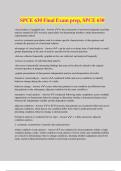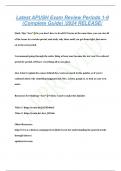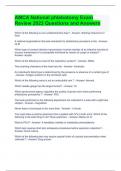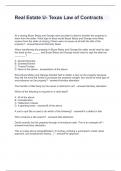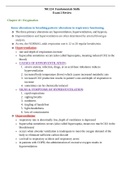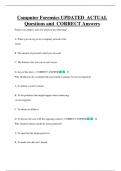Samenvatting
Volledige samenvatting Marketing Planning KULeuven MBA ()
- Instelling
- Katholieke Universiteit Leuven (KU Leuven)
Volledige samenvatting van Marketing Planning gegeven door M. Kotschedoff. De samenvatting bevat alle slides uit de asynchronous en interactive lectures aangevuld met eigen notities. De samenvatting is exclusief de case studies. Moest je deze notities willen, kan je altijd een berichtje sturen.
[Meer zien]




